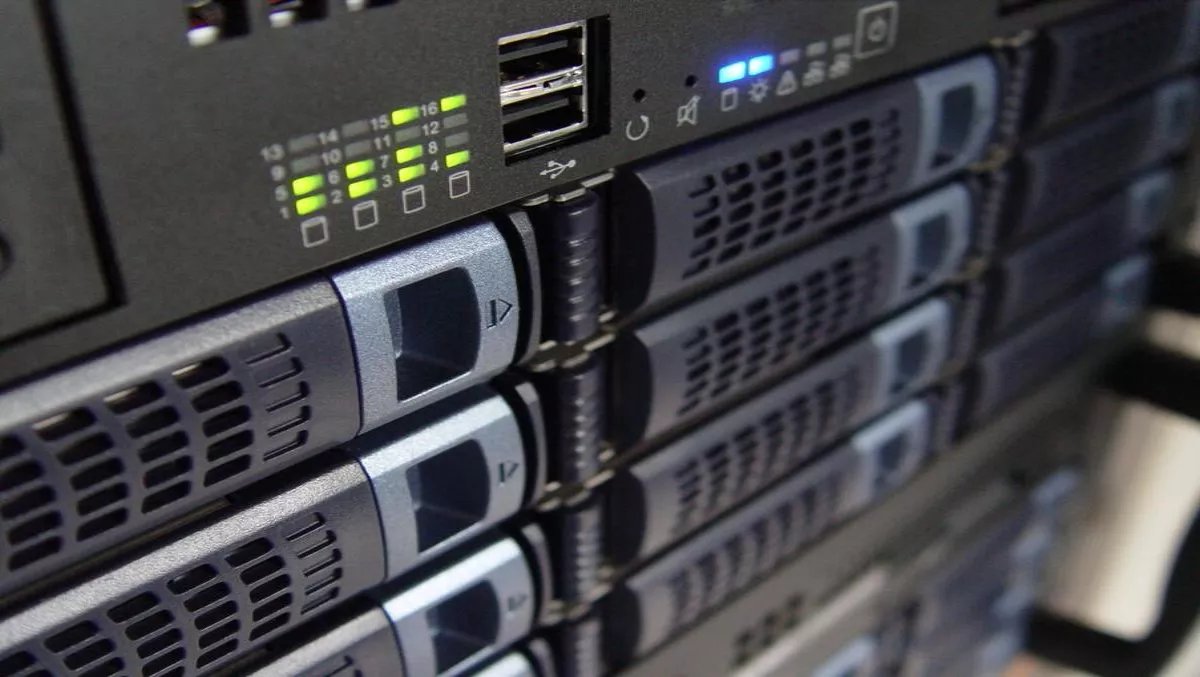
A look inside network monitoring for the connected age
Gartner predicts that nearly 20 billion Internet of Things (IoT) connected devices will be online by the year 2020, with global IT spending predicted to reach $3.7 trillion in 2018, increasing 4.5 per cent from 2017. While consumers have a tendency to buy more devices, the enterprise market continues to demonstrate strong growth – representing a huge challenge to IT admins today.
With almost every device being online, and a plethora of BYOD policies in the workplace, IT admins have their work cut out trying to best manage and protect their networks. Here are three key tips to help IT administrators on their network monitoring journey.
Proper preparation prevents poor performance
The five Ps – we've all heard them and no doubt committed them to memory, but how many of us really take this advice into account on a daily basis? The answer should be: all of us. While many devices may already align with existing network standards during the developmental phase, other products – the custom solutions – don't necessarily take integration into an IT network into account during the design process.
IT administrators should be prepared to face varying components when it comes to integrating different devices and solutions in a network architecture. For devices that don't align to network standards, this may involve employing software solutions that can integrate non-IT components through the appropriate APIs and templates. This can ensure the network is maintained in a sustainable manner, allowing administrators to recognise problems immediately and be able to react quickly.
Always have a plan B
Monitoring a network successfully often means being able to anticipate where things are, what they are doing, and how. This means knowing what data needs to be accessed to determine this information (and from where). The varying number of devices connected to a network means selecting relevant information is becoming increasingly important. The Internet of Things will undoubtedly cause dramatic changes to the network, including how bandwidth is handled.
As such, network administrators need clear insight into the use of relevant infrastructure if they are to keep on top of their game when it comes to increases in the number of devices accessing the network. This means making sure there is a "Plan B" in place, to help anticipate any potential risks.
Network of opportunity
The Internet of Things continues to be one of the fastest-growing focus areas in IT. System administrators won't need to worry about sitting around twiddling their thumbs. Thanks to new hardware and software, there will always be new tasks on the agenda.
IT administrators are looking to the future when it comes to infrastructure monitoring, particularly as the flood of IoT-connected devices moves onto the network.
It's their role to maintain the health of the entire network (regardless of type and number of devices) and uphold security standards. Monitoring is key to keeping things moving, providing a holistic view of the network for the IT team. Having complete visibility of the entire network, including a timeline, is paramount to managing a network.

